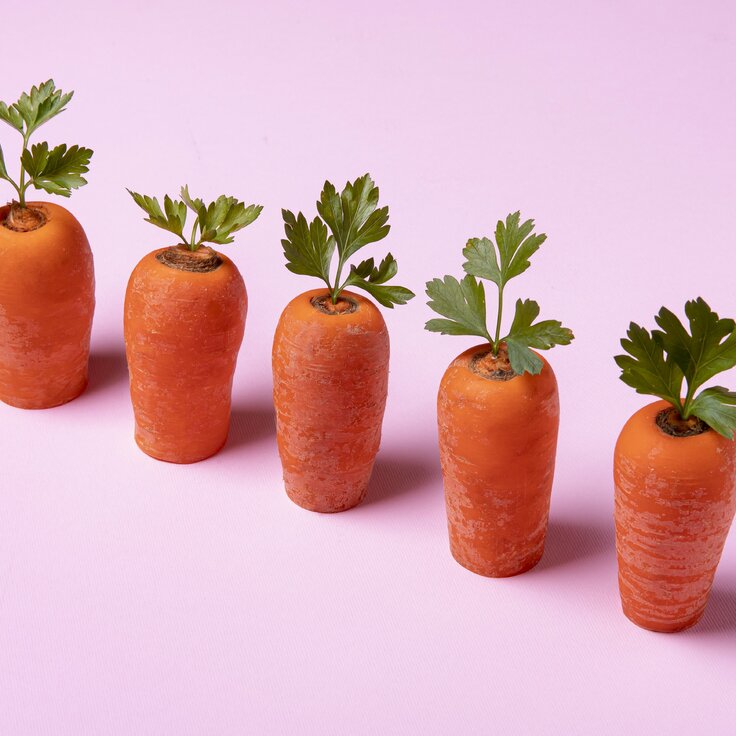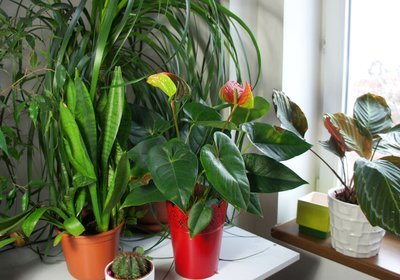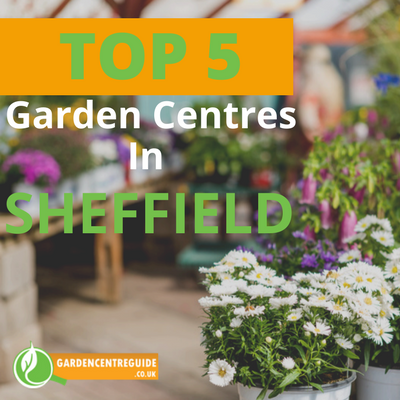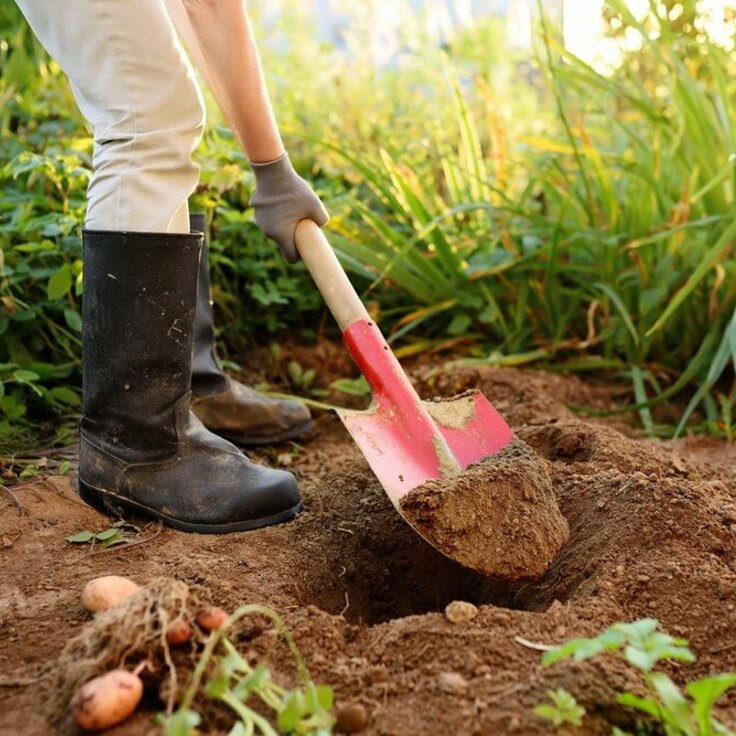How and When to Sow Wildflowers?
Wildflowers hold a special allure in the realm of gardening, offering a tapestry of colour and a haven for pollinators. If you're considering adding these enchanting blooms to your outdoor space, understanding the process of sowing wildflowers is key. In this comprehensive guide, we'll delve into the intricacies of purchasing and sowing wildflowers, ensuring your garden blossoms with nature's beauty.
Understanding Wildflowers
Before diving into the sowing process, it's crucial to grasp the essence of wildflowers. These resilient plants are adapted to thrive in diverse environments, from open meadows to rocky slopes. Their ability to flourish with minimal intervention makes them a popular choice for eco-conscious gardeners seeking to support local biodiversity.

The Benefits of Wildflowers
Beyond their aesthetic appeal, wildflowers offer a plethora of benefits to both humans and the environment. They provide crucial habitats and food sources for bees, butterflies, and other pollinators, contributing to ecosystem health. Additionally, their deep root systems help prevent soil erosion and improve soil quality, making them valuable allies in sustainable landscaping practices.
Purchasing Wildflowers
When embarking on your wildflower journey, selecting high-quality seeds is paramount. Opt for reputable suppliers or nurseries that offer a diverse range of native wildflower species suited to your region's climate and soil conditions. Whether you choose to purchase individual species or pre-mixed seed blends, ensure they are labelled as suitable for your specific planting zone.
Planning Your Wildflower Garden
Before sowing your wildflower seeds, take time to plan your garden layout. Consider factors such as sunlight exposure, soil type, and drainage to determine the optimal location for your wildflower patch. Whether you're creating a meadow-inspired oasis or adding splashes of colour to existing flower beds, thoughtful planning will maximise the impact of your wildflower display.
When to Sow Wildflowers
Timing plays a crucial role in the success of your wildflower garden. While wildflowers are adaptable, sowing them at the optimal time can enhance germination rates and establishment. In general, early spring or late autumn are ideal periods for sowing wildflower seeds. This allows seeds to benefit from natural cycles of rainfall and temperature fluctuations, promoting robust growth.
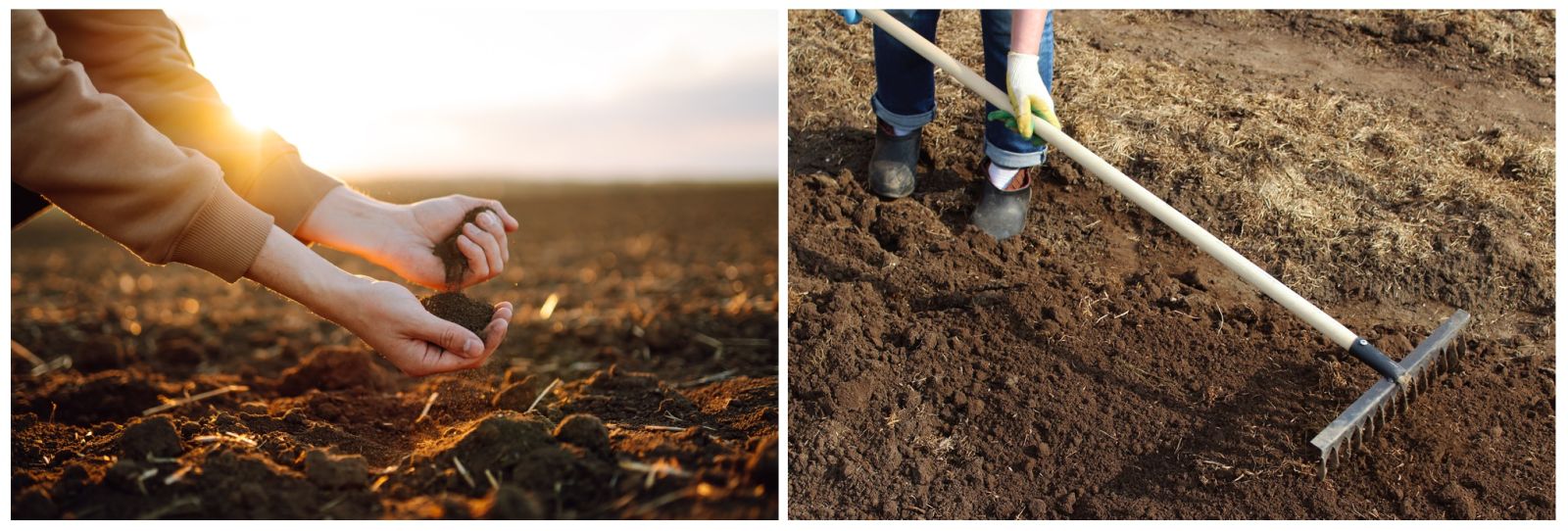
Sowing Wildflowers
Now that you've chosen your seeds and determined the perfect spot, it's time to sow your wildflowers. Begin by preparing the soil, ensuring it is free from weeds and debris. Depending on the species, wildflower seeds may require different sowing techniques. Some seeds benefit from surface sowing, while others may need to be lightly covered with soil. Follow the instructions provided with your seeds for best results.
Caring for Your Wildflower Garden
Once your seeds are sown, it's essential to provide consistent care to help them thrive. Keep the soil moist but not waterlogged, especially during the germination period. Regularly remove weeds that compete for resources with your wildflowers, allowing them to establish themselves. As your wildflowers grow, enjoy the ever-changing tapestry of colours and the bustling activity of visiting pollinators.
Sowing wildflowers
Sowing wildflowers is a rewarding endeavour that allows you to connect with nature and create vibrant landscapes teeming with life. By understanding the process of purchasing and sowing wildflower seeds, you can embark on a journey towards cultivating a flourishing garden filled with the beauty of nature's bounty. So roll up your sleeves, gather your seeds, and let the magic of wildflowers transform your outdoor space into a haven of natural wonder.


